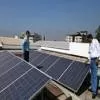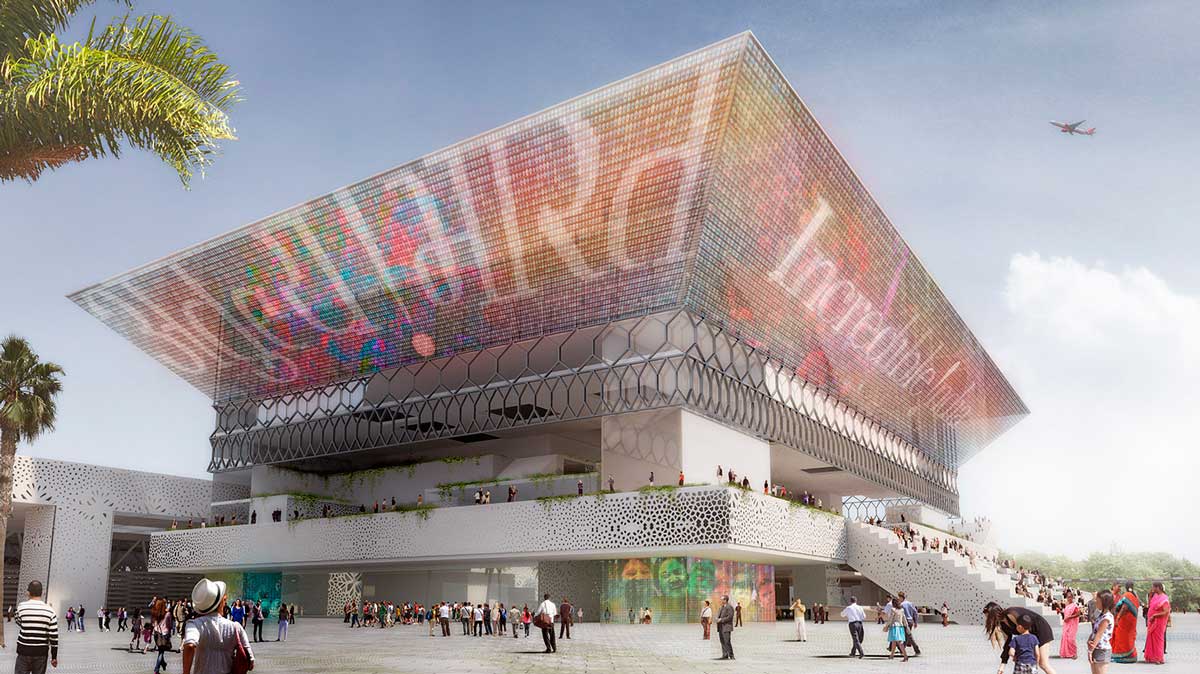
Dwarka comes up with mega convention space, Yashobhoomi
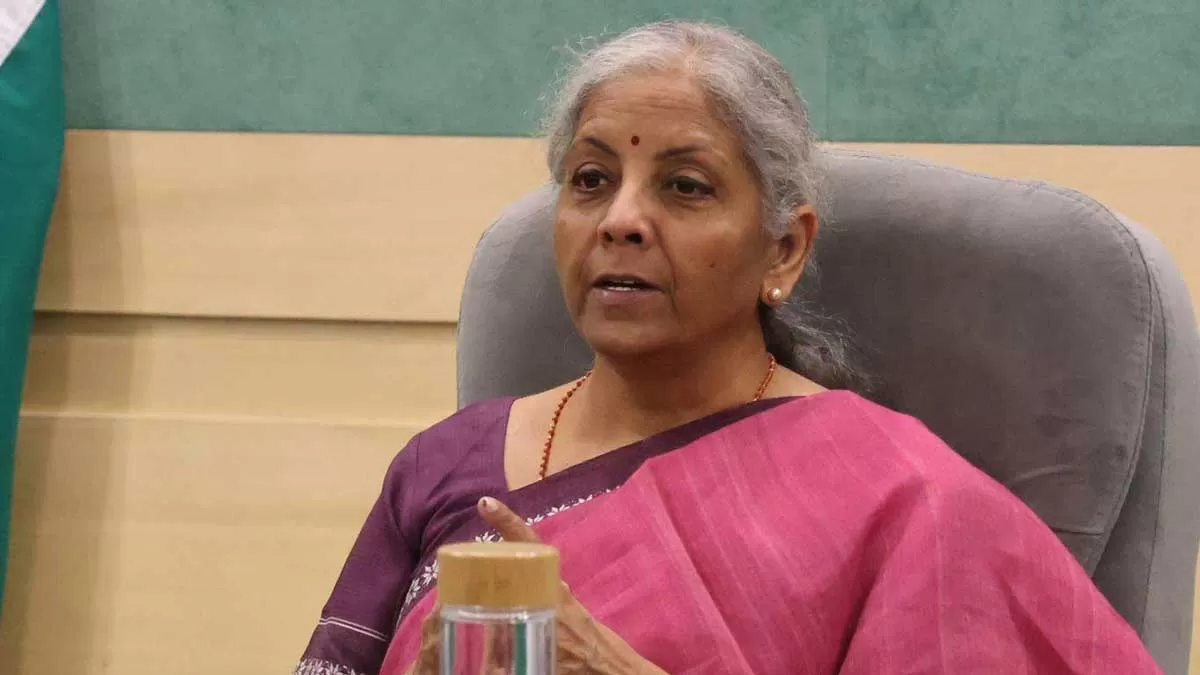
Finance Minister to Launch NITI NCAER States Economic Forum Portal
Union Finance Minister Nirmala Sitharaman is set to launch the "NITI NCAER States Economic Forum" portal on 1st April 2025 in New Delhi. Developed collaboratively by NITI Aayog and the National Council of Applied Economic Research (NCAER), the portal will serve as a comprehensive repository of economic, social, and fiscal data spanning over 30 years (1990-91 to 2022-23). Key Features of the Portal The platform is structured into four main components: State Reports: Provides macro and fiscal overviews of 28 Indian states, featuring data on demography, economic structure, socio-economic indic..
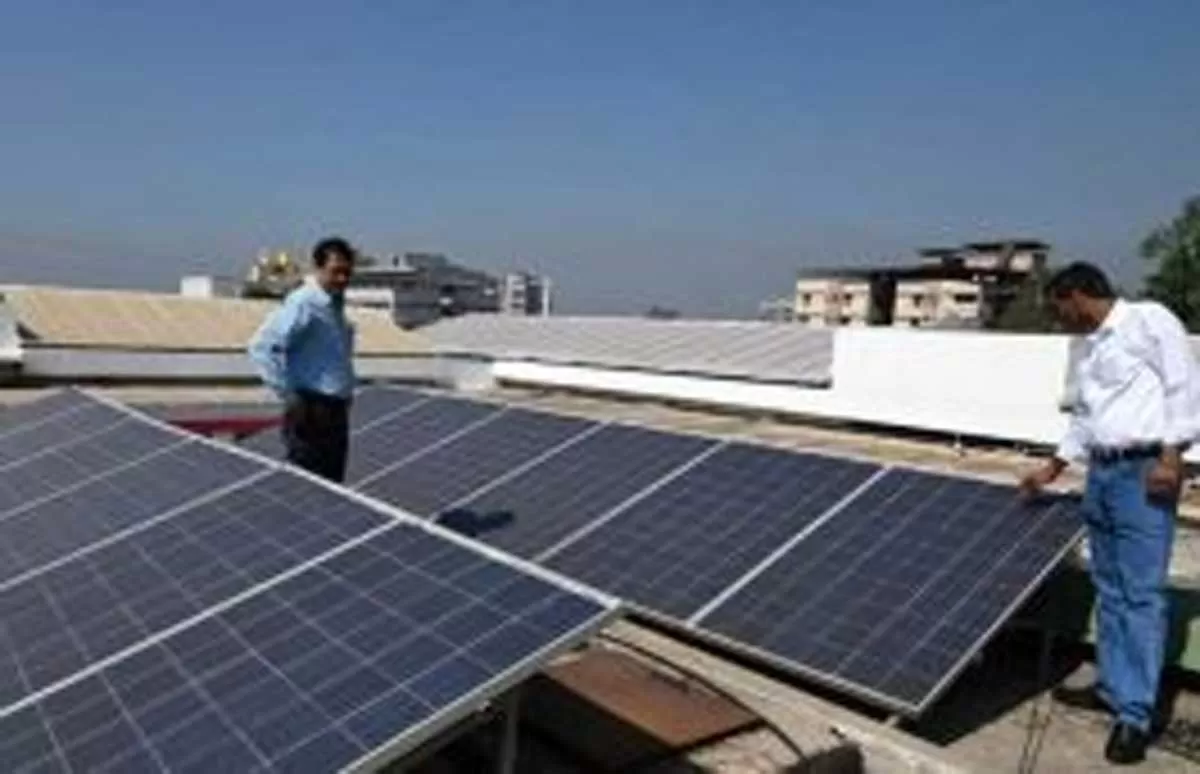
IREDA’s Loan Sanctions Surge 27% to Rs 474.53 Bn in FY 2024-25
The Indian Renewable Energy Development Agency Limited (IREDA) has reported a 27% increase in loan sanctions, reaching Rs 474.53 billion for FY 2024-25, as per provisional data. Loan disbursements also saw a 20% rise to Rs 301.68 billion, up from Rs 250.89 billion in the previous fiscal year. Additionally, the outstanding loan book expanded by 28%, standing at Rs 762.5 billion as of March 31, 2025, compared to Rs 596.98 billion in FY 2023-24. IREDA’s Commitment to Renewable Energy Growth Shri Pradip Kumar Das, Chairman & Managing Director, IREDA, emphasized the company’s commitment to t..
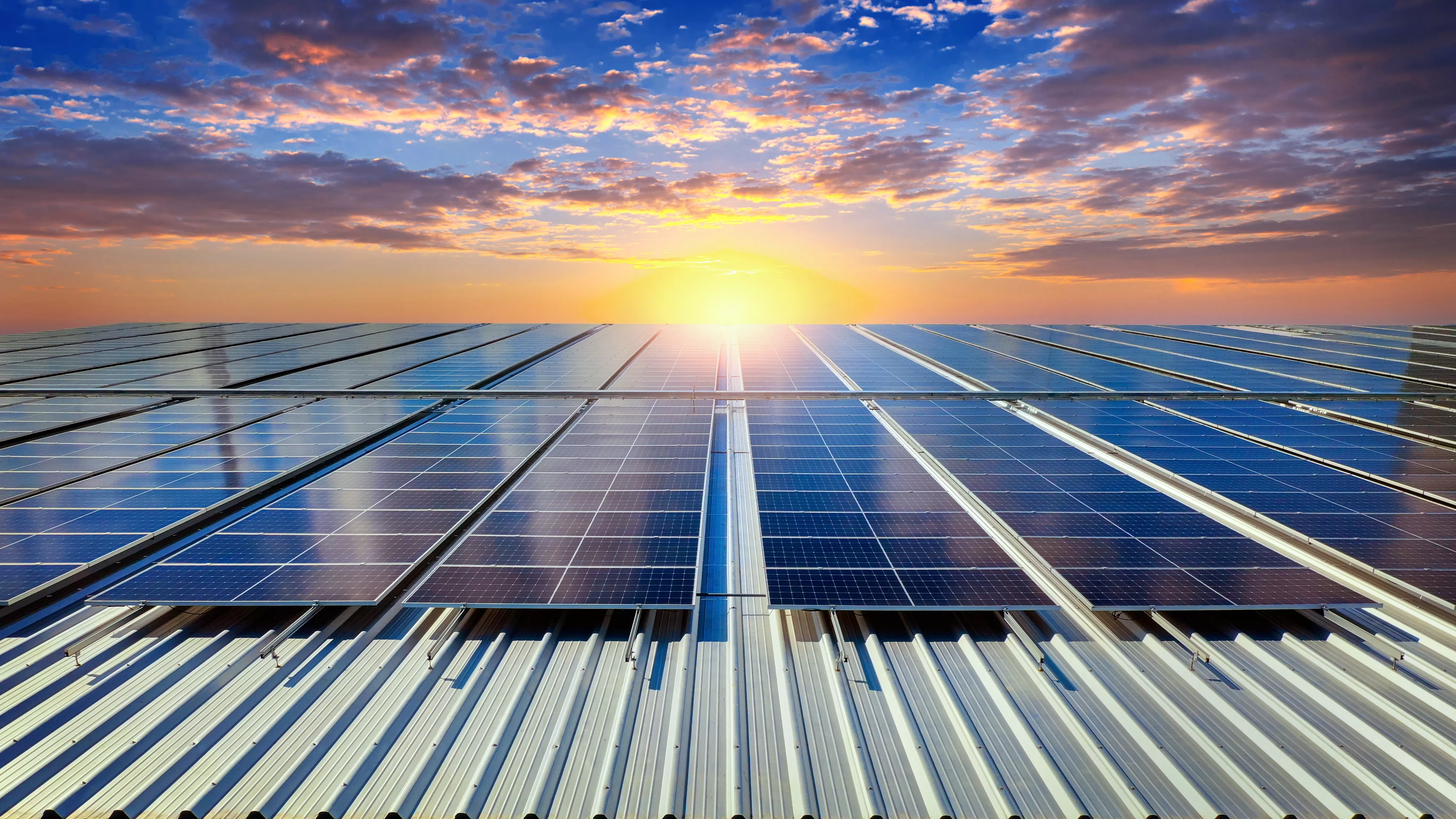
SWREL Secures Rs 14.70 Billion Orders, Enters Wind EPC Segment
Sterling and Wilson Renewable Energy (SWREL) has secured three major domestic renewable EPC contracts, with a cumulative order value of approximately Rs 14.70 billion.Key projects include its first Wind EPC contract for a hybrid project in Rajasthan, featuring a 69.3 MW Wind Balance of Plant and a 58 MW AC / 75 MWp DC Solar BoS. The company has also been declared L1 for a 200 MW AC / 260 MWp DC solar project in Gujarat from a PSU developer and received another solar project in Rajasthan from a private IPP.Speaking on the order wins, Chandra Kishore Thakur, Global CEO, Sterling and Wilson Renew..





